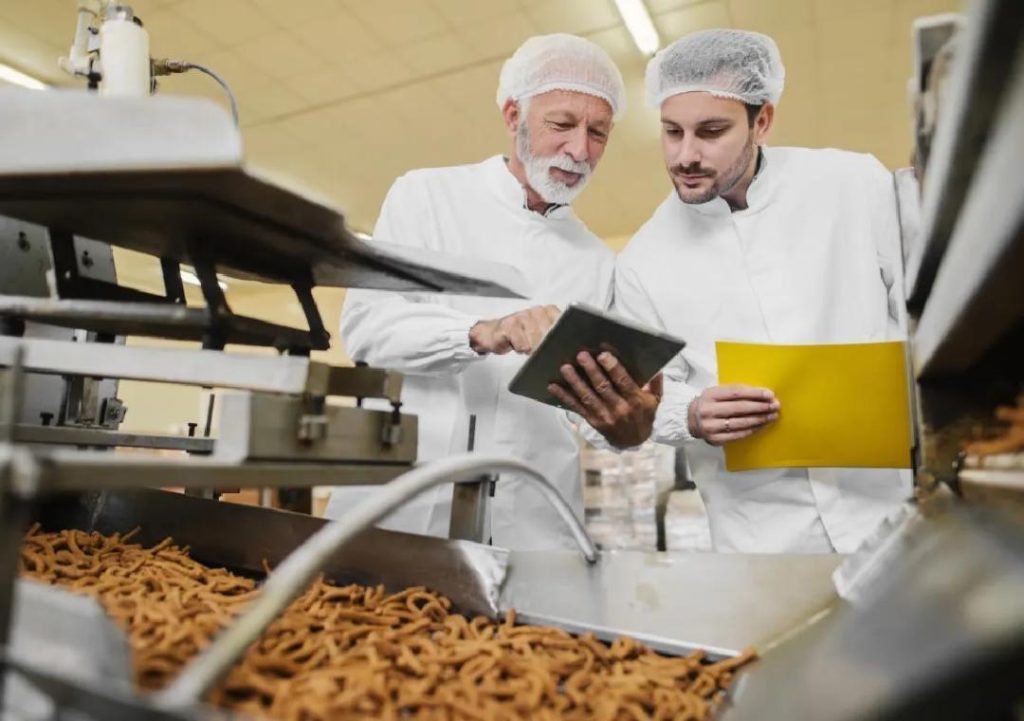
Can P&L Optimisation Redefine Success in Food Technology?
The food technology industry is a dynamic and rapidly evolving sector, with innovation and competition driving growth and profitability. In recent years, food tech companies have been leveraging technology to streamline their profit and loss (P&L) operations, achieving significant improvements in profitability and competitiveness. In this blog post, we’ll explore how P&L optimisation is redefining success in food technology and the tools and strategies that are making it possible.
The Challenge of Optimising P&L Operations in Food Tech
Food technology companies face unique challenges when it comes to optimising their P&L operations. The industry is characterised by fluctuating demand, complex supply chains, and high levels of waste. These factors can make it difficult to accurately forecast demand, manage inventory, and control costs. As a result, many food tech companies struggle to maintain profitability, leading to reduced margins and increased competition.
The Role of Technology in P&L Optimisation
Fortunately, technology is playing a crucial role in addressing these challenges and helping food tech companies optimise their P&L operations. Automation, smart inventory systems, and data analytics are just a few of the tools that are being used to streamline P&L operations and improve profitability.
Automation is revolutionising the way food tech companies manage their operations. By automating routine tasks such as data entry, inventory management, and supply chain logistics, companies can free up staff to focus on higher-value activities such as product development and customer service. Automation also reduces the risk of human error, improving accuracy and efficiency.
Smart inventory systems are another key tool in the P&L optimisation toolkit. By using real-time data and machine learning algorithms, these systems can accurately predict demand and optimise inventory levels, reducing waste and improving supply chain efficiency.
Data analytics is also playing a critical role in P&L optimisation. By leveraging large datasets and advanced analytics tools, food tech companies can gain insights into customer behavior, market trends, and operational performance. This information can be used to inform strategic decisions, improve product development, and enhance customer service.
Case Studies: P&L Optimisation in Action
Several food tech companies have already achieved significant improvements in profitability by adopting P&L optimisation strategies. Here are a few case studies that illustrate the impact of P&L optimisation in action:
- A leading food tech company used automation to streamline its inventory management process, reducing inventory levels by 30% and cutting waste by 25%.
- A food manufacturing company implemented a smart inventory system, which enabled it to accurately predict demand and optimise production levels. As a result, the company was able to reduce its inventory levels by 20% and improve its cash flow by 15%.
- A food logistics company used data analytics to identify areas of inefficiency in its supply chain. By implementing changes to its logistics operations, the company was able to reduce its costs by 10% and improve its delivery times by 20%.
Benefits of P&L Optimisation in Food Tech
The benefits of P&L optimisation in food tech are numerous and far-reaching. By streamlining P&L operations, companies can achieve significant improvements in profitability, competitiveness, and sustainability. Here are a few of the key benefits:
- Improved profitability: P&L optimisation enables food tech companies to reduce waste, cut costs, and improve margins, leading to increased profitability and competitiveness.
- Better decision-making: By leveraging data analytics and advanced analytics tools, food tech companies can gain insights into customer behavior, market trends, and operational performance, enabling them to make better-informed decisions.
- Increased sustainability: P&L optimisation helps food tech companies reduce waste, improve supply chain efficiency, and enhance their environmental sustainability.
- Competitive advantage: By adopting P&L optimisation strategies, food tech companies can differentiate themselves from competitors, improve their brand reputation, and attract new customers.
Conclusion
P&L optimisation is a critical component of success in the food technology industry. By leveraging automation, smart inventory systems, and data analytics, food tech companies can streamline their P&L operations, reduce waste, and improve profitability. As the industry continues to evolve and grow, it’s likely that P&L optimisation will play an increasingly important role in shaping the future of food technology.
Sources:
https://www.growthjockey.com/blogs/p-and-l-operations-in-food-tech






